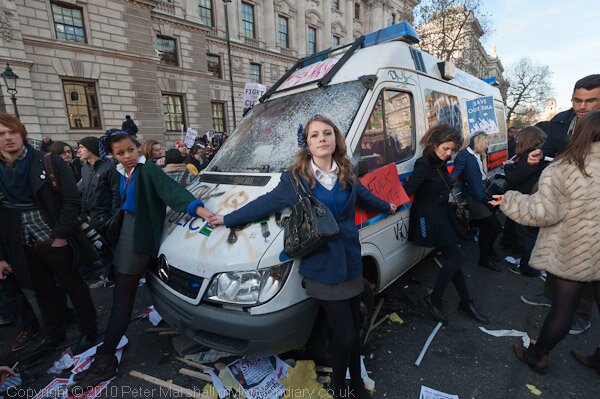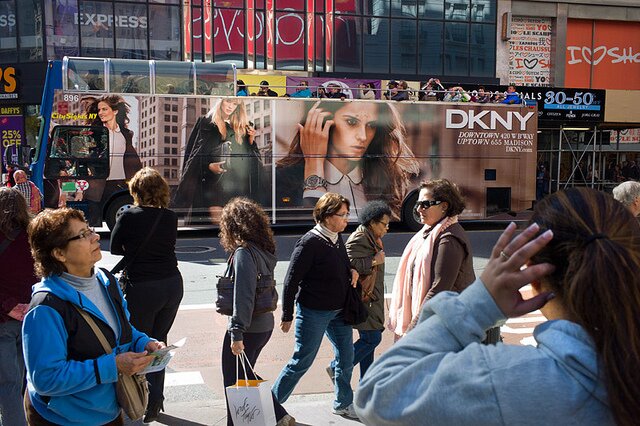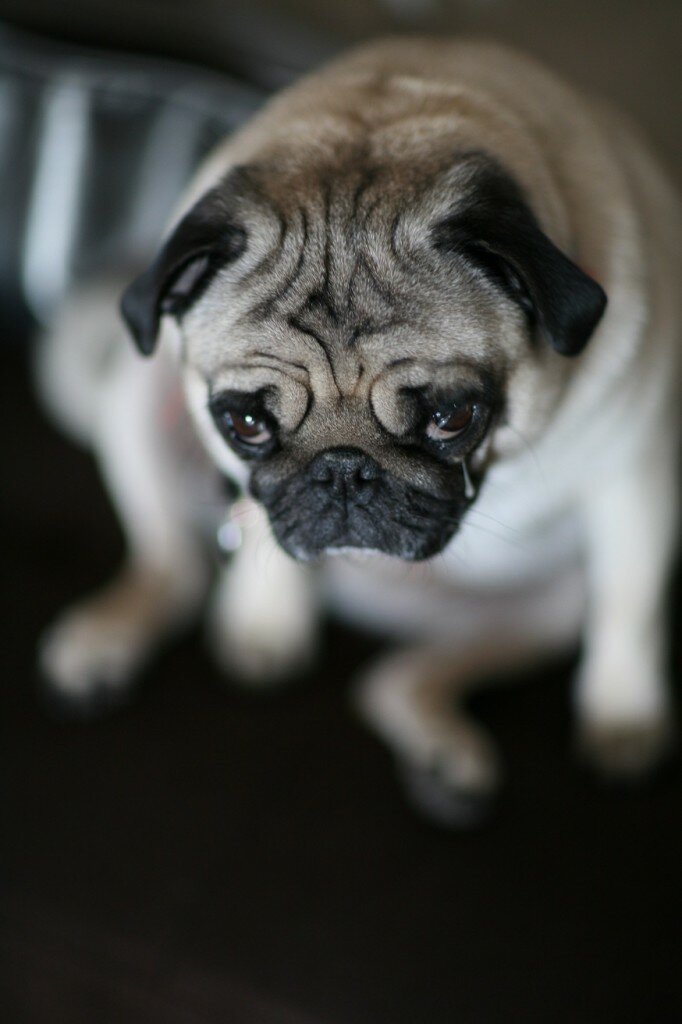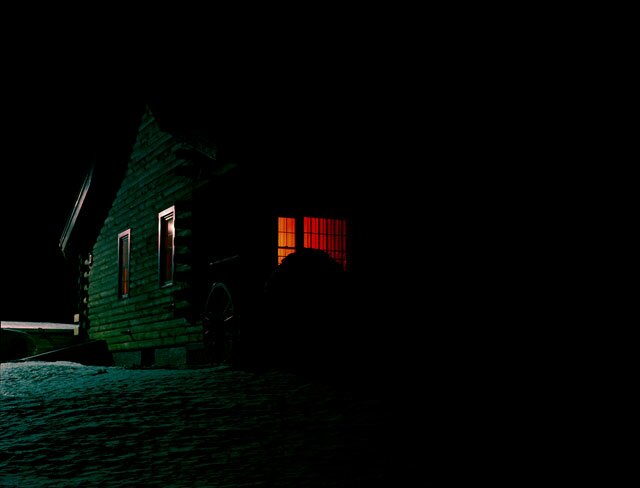Oomska’s ‘Future of Photography’ Series continues…
We presented our interviewees with a set list of questions, and left the matter of in what format and at what length they should answer entirely up to them. Here are Jeff Curto’s responses.
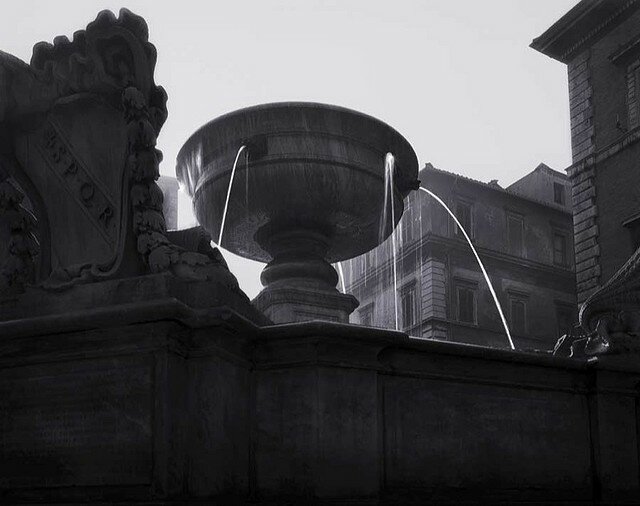
1. How and when did you first become interested in photography? What was the trigger which led you to take a serious interest? How different would that trigger be now, with all the changes – technological and otherwise – in photography during the intervening years?
When I was 8 years old, I caught my first real fish. Rather than the little stream trout I was used to catching and tossing back, this was an 8-pound Northern Pike, a hideously ugly thing that was, to my young eyes, the most magnificent creature I’d ever seen. To mark the occasion, my father wanted to take a picture of me with my fish. He told me to hold it way out in front of me so it would, as he put it, “look like a monster in the picture; wait till you see it!” Sure enough, when the snapshots came back from the camera shop, the combination of my dad’s camera technique and my pose had made that 14-inch Northern look just about as big as I did.
It was with that picture that I began to realize that a photograph (and the way it was made) could be a lot more complex than I had ever suspected before. When I started making my own photographs a short while later, my life changed in the same way that falling in love with any one or any thing can change a person.
Because the “trigger” for my interest in photography was something that is what I would call “universally photographic”, it’s unlikely that the changes in photography over the last several decades would change anything about the way my trigger works. I’m still fascinated by the way photography sees the world and how that way is different from the way our eyes see it.
